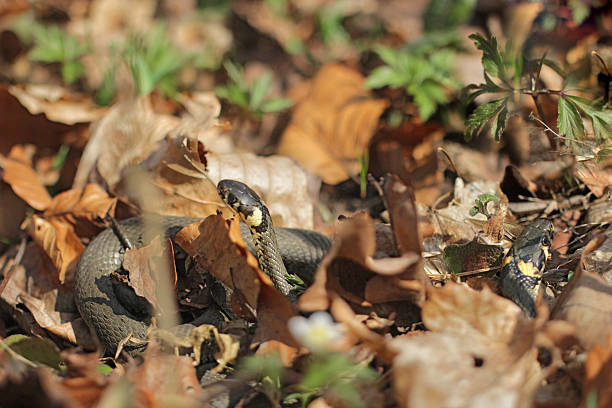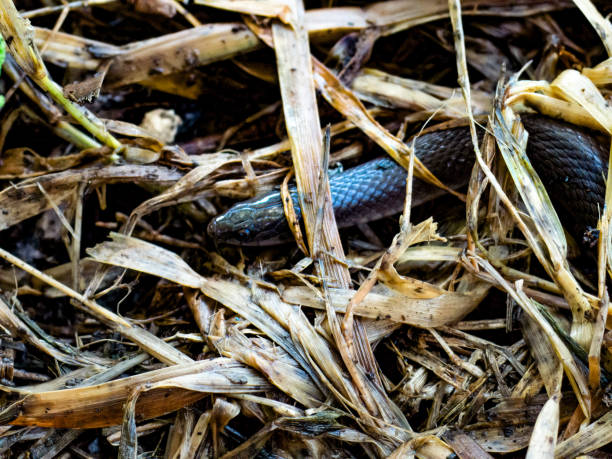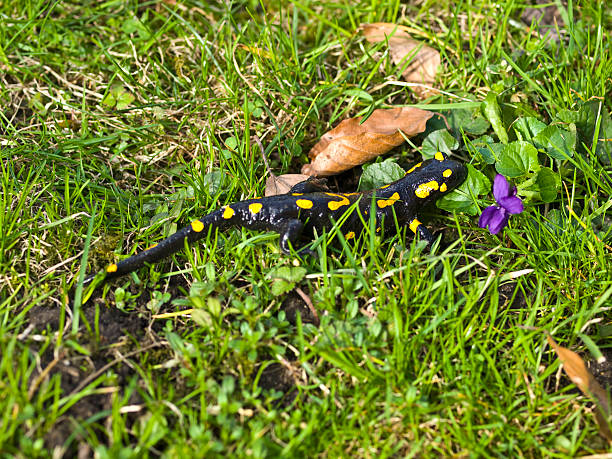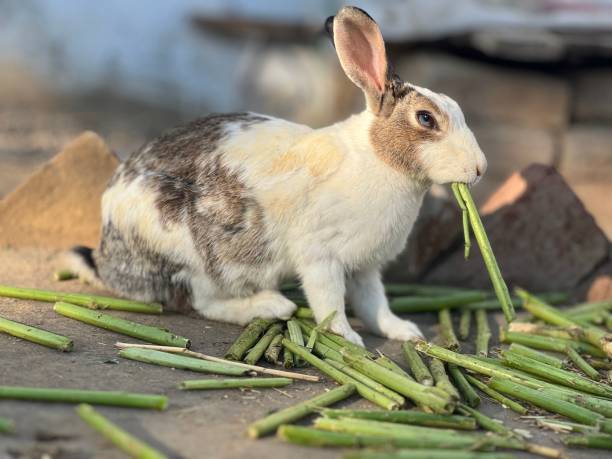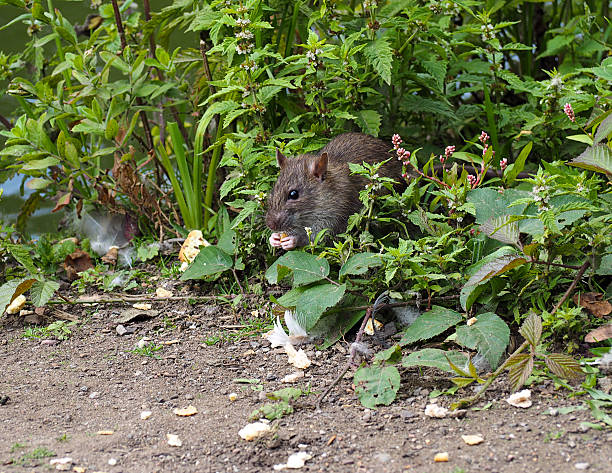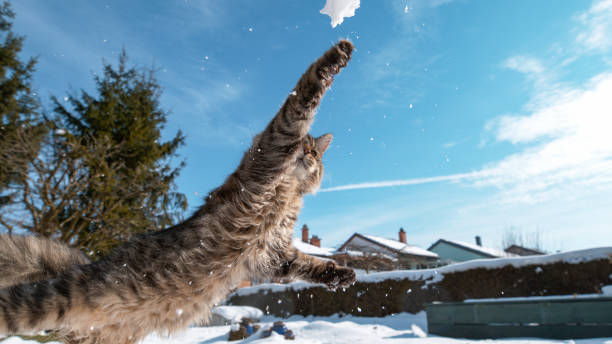How to Keep Copperhead Snakes Out of Your Yard
This post contains affiliate links. This means I will make a commission at no extra cost to you should you click through and make a purchase. Read the full disclosure here.If you live in an area where copperhead snakes are prevalent, it’s essential to take proactive measures to keep them out of your yard. Copperheads are venomous snakes that pose risks to humans and pets. This article will provide you with effective methods to prevent copperhead snake encounters and ensure a snake-free yard.
Introduction
Copperhead snakes are venomous reptiles found in various parts of North America. Although they play a crucial role in the ecosystem, having them in your yard can be dangerous. Their venomous bite can cause severe pain, swelling, and, in rare cases, life-threatening complications. Therefore, understanding how to keep copperhead snakes away is vital for the safety of your family and pets.
Importance of Keeping Copperhead Snakes Out
Preventing copperhead snakes from entering your yard is essential for several reasons. Firstly, it ensures the safety of your family, especially children and pets who may unknowingly approach the snakes. Secondly, it reduces the risk of snake bites and the potential medical complications associated with them. Lastly, maintaining a snake-free environment allows you to enjoy your yard without the fear and anxiety of encountering a venomous snake.
Dangers and Risks Associated with Copperheads
Copperhead snakes, like many venomous snakes, possess potent venom that they use for both hunting and self-defense. Their bites can lead to pain, swelling, and tissue damage. In some cases, individuals may experience allergic reactions or develop infections. Therefore, it’s crucial to be aware of the risks associated with copperheads and take appropriate preventive measures.
Understanding
Identifying Copperhead Snakes
Before you can effectively keep copperhead snakes out of your yard, it’s essential to be able to identify them. Copperheads have distinct features that can help you differentiate them from non-venomous snakes. They typically have a light brown or copper-colored body with hourglass-shaped markings. Their heads are triangular and often have a distinct coppery coloration, hence their name.
Habitat and Behavior of Copperheads
Copperhead snakes are primarily found in wooded or semi-wooded areas with abundant cover, such as leaf litter, fallen logs, and rocks. They are excellent climbers and swimmers, allowing them to navigate various types of environments. Understanding their preferred habitat and behavior will help you implement effective preventive strategies.
Prevention Methods
Remove Potential Hiding Spots
One of the first steps in keeping copperhead snakes out of your yard is to eliminate potential hiding spots. Remove piles of debris, such as stacked firewood, leaf piles, or unused materials, as they provide ideal hiding places for snakes. Regularly clean and maintain your yard to discourage snakes from taking up residence.
Modify the Environment
Modifying the environment can make your yard less appealing to copperhead snakes. Keep grass and shrubs trimmed short to reduce potential hiding spots. Additionally, consider creating a buffer zone between your yard and wooded areas by using gravel or mulch. This can act as a deterrent, making it more challenging for snakes to enter your property.
Natural Deterrents
Certain natural deterrents can help keep copperhead snakes away. For example, planting marigolds, lemongrass, or wormwood around your yard can repel snakes due to their strong odors. Similarly, spreading a mixture of cinnamon and clove oil in areas prone to snake activity may discourage them from entering.
Physical Barriers
Installing physical barriers is an effective preventive measure against copperhead snakes. Fencing your yard with snake-proof mesh or hardware cloth can create a barrier that prevents snakes from entering. Ensure the fence is buried at least six inches into the ground to prevent snakes from burrowing underneath.
What to Do
If You Encounter a Copperhead Snake
In the unfortunate event that you come across a copperhead snake in your yard or while exploring nature, it’s crucial to stay calm. Remember that snakes generally want to avoid confrontation, and they will likely retreat if given the opportunity. Keep a safe distance and slowly move away, allowing the snake to escape without feeling threatened.
DIY Removal Methods
If you need to remove a copperhead snake from your yard, consider using humane and safe methods. For example, you can create a snake trap using a large plastic container placed near areas of snake activity. Once captured, contact your local wildlife or pest control authorities for guidance on how to relocate the snake safely.
Professional Help
Knowing when to call a professional for assistance is essential, especially if you have recurring snake problems or suspect an infestation. Wildlife experts or licensed pest control professionals have the knowledge and tools to handle copperhead snakes safely. They can assess your situation and provide effective solutions tailored to your specific needs.
Conclusion
Taking proactive measures to keep copperhead snakes out of your yard is crucial for the safety and peace of mind of your family and pets. By understanding their behavior, implementing preventive strategies, and knowing what to do if you encounter one, you can create a snake-free environment. Remember to prioritize safety and consider seeking professional help if needed.
FAQs
How long do copperheads live?
Copperhead snakes typically live for around 18 to 20 years in the wild, although some may live longer under favorable conditions.
Are copperheads venomous?
Yes, copperhead snakes are venomous. Their bites can cause painful symptoms and, in rare cases, lead to severe complications.
Can copperheads climb walls?
Yes, copperhead snakes are skilled climbers. They can scale trees, fences, and even brick walls if there are enough crevices or rough surfaces to grip.
Do mothballs repel copperheads?
No, while some people believe that mothballs repel snakes, including copperheads, there is no scientific evidence to support this claim. It’s best to rely on proven preventive methods.
What other snakes should I be wary of?
Apart from copperheads, other venomous snakes you should be cautious of include rattlesnakes, cottonmouths (water moccasins), and coral snakes. Educate yourself on the venomous snakes native to your region.


